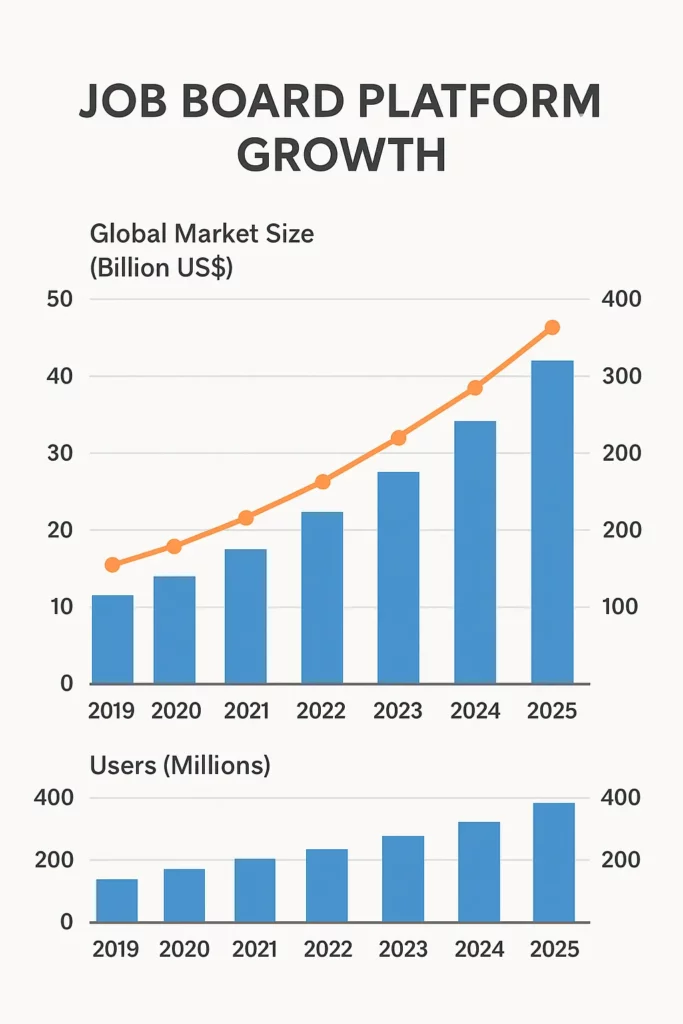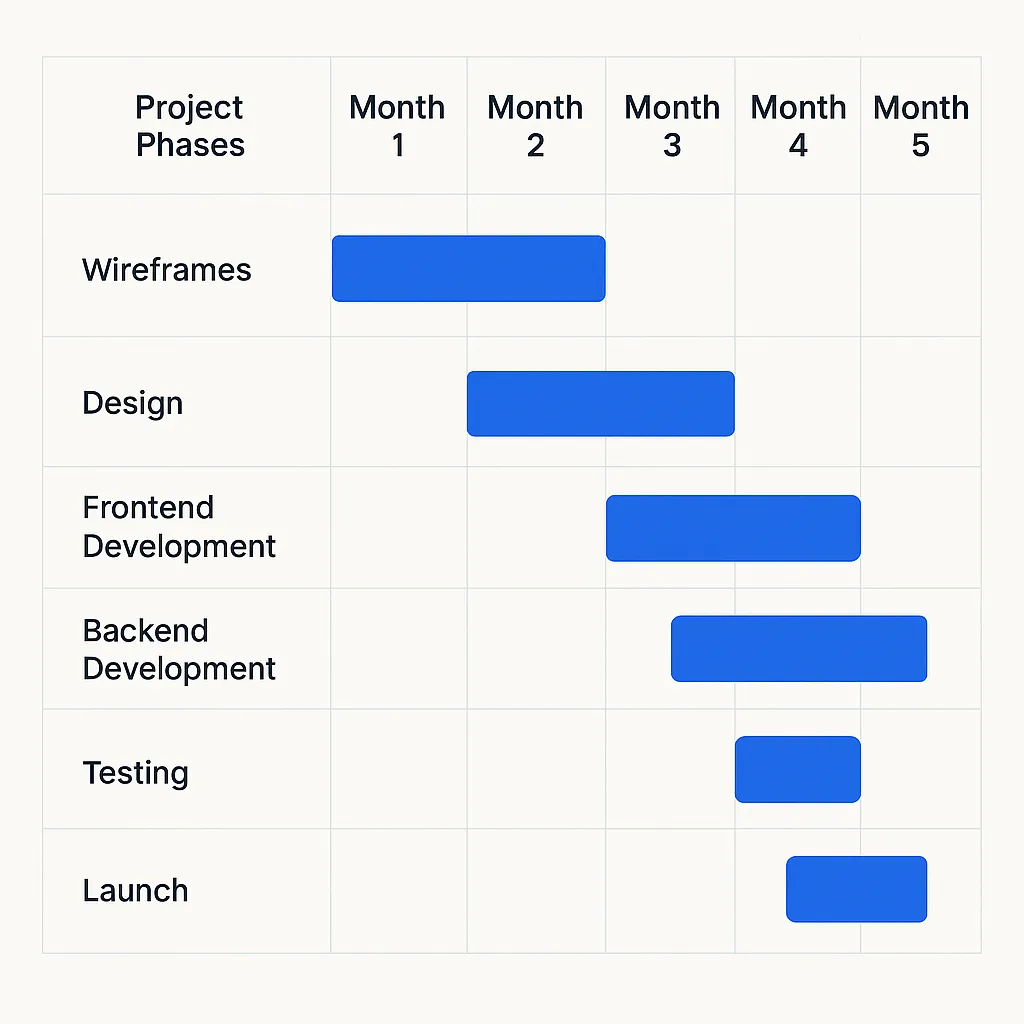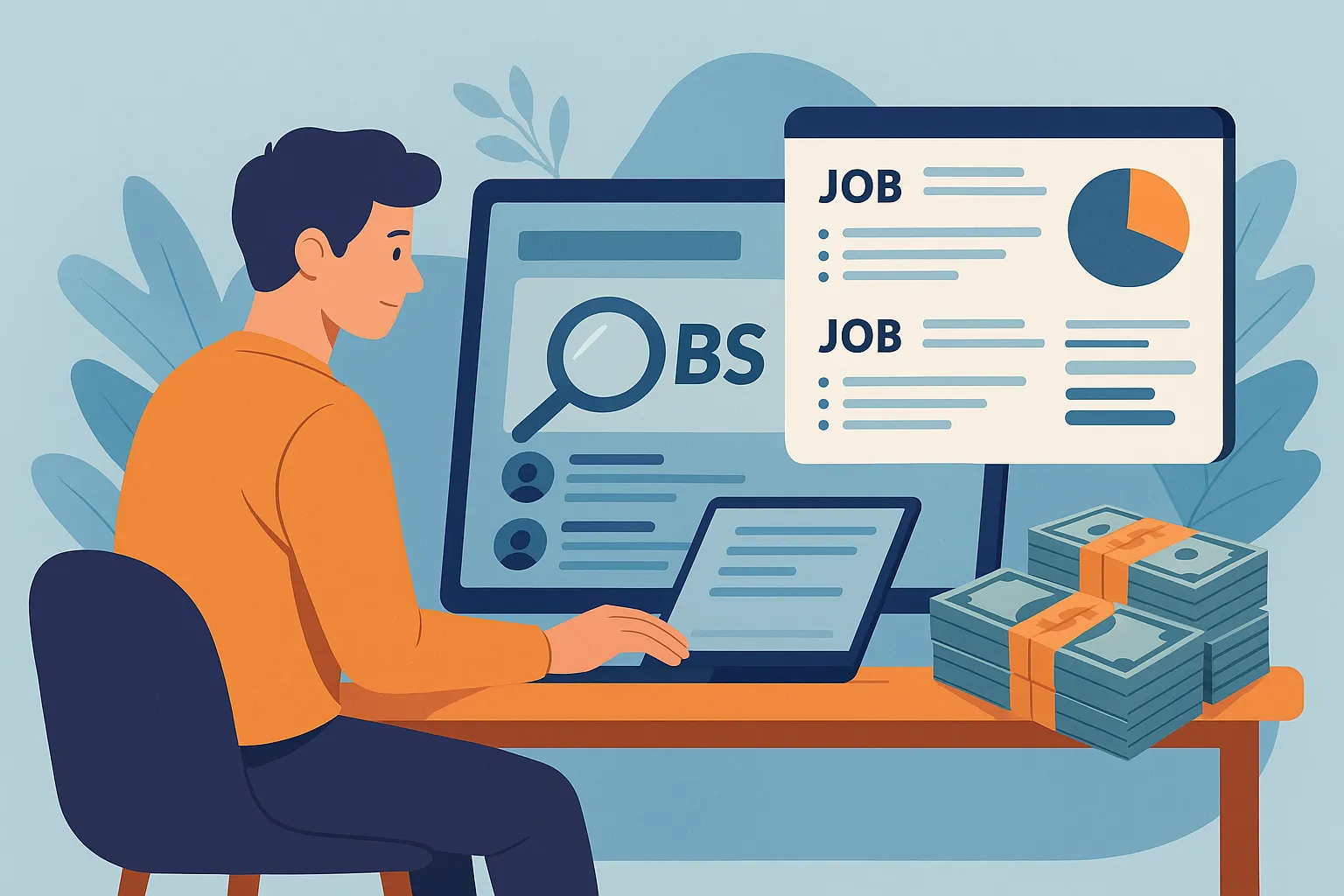Picture this: You’re scrolling LinkedIn, another job alert pings, and you wonder—why isn’t there a more targeted platform for niche hiring? That’s exactly how many successful founders kick off. From side hustle dreams to full-blown startup success, building a job board marketplace isn’t just doable—it’s smart. And with the gig economy and remote work booming, now’s a killer time to ride the wave.
But then comes the question no one escapes: “How much is this going to cost me?” Building something from the ground up—custom backend, seamless UI, and algorithms that don’t suck—can feel like trying to price a moving target. Especially when you’re bootstrapping or pitching to wary investors.
That’s where we step in. At Miracuves, we help founders like you build powerful, scalable, and sleek job board platforms without burning through cash or sanity. Let’s break it all down.
Why Job Board Marketplaces Are Booming
The modern hiring scene is messy. Between outdated portals, generic listings, and spammy recruiter messages, job seekers and employers alike are desperate for better experiences. That’s why niche job boards (think: remote tech gigs, creative freelancing, or industry-specific talent pools) are winning hearts and wallets.
According to a 2024 Statista report, the online recruitment market is projected to hit $43.4 billion by 2027. From AI-powered candidate matching to real-time communication tools, today’s job platforms do more than post vacancies—they facilitate career shifts, side gigs, and startup dreams.

Read more: How to Develop a Job Board Platform App
Core Features Every Job Board Platform Needs
Before we jump into pricing, let’s unpack the feature set—because that’s where the dollars start stacking.
1. Job Seeker Side
- Sign-up/Login (Email, Google, LinkedIn)
- Profile builder (CV parser, resume upload)
- Search filters (location, salary, job type)
- Save/bookmark jobs
- Notifications (job matches, company views)
2. Employer/Recruiter Side
- Dashboard to post/manage jobs
- Search candidate database
- Application tracking system (ATS)
- Payment gateway for premium listings
- In-app messaging or interview scheduler
3. Admin Panel
- User management
- Reports & analytics
- Content moderation
- Pricing control
Let’s Talk Money: Cost Breakdown by Component
Here’s a closer look at where your money goes when building a custom job board marketplace from scratch:
| Component | Estimated Cost (USD) |
| UI/UX Design | $3,000 – $7,000 |
| Frontend Development | $5,000 – $12,000 |
| Backend Development | $8,000 – $20,000 |
| Admin Panel | $3,000 – $5,000 |
| Notifications System | $1,500 – $3,000 |
| Payment Integration | $1,000 – $2,500 |
| Hosting & Infrastructure | $500 – $1,000/year |
| QA & Testing | $2,000 – $4,000 |
| Maintenance (Post-launch) | $1,000 – $3,000/month |
Total Ballpark Range: $25,000 to $60,000+ depending on complexity, region, and tech stack.
Factors That Affect Your Final Cost
1. Custom vs Clone
Want something like Indeed or FiverrJobs? Clone solutions dramatically cut costs. At Miracuves, our job board clones slash development time and save up to 40% without sacrificing quality.
2. Region of Development
Hiring US-based devs? Expect 3x costs compared to Eastern Europe or India. Outsourcing smartly lets you invest more in features rather than burn cash on salaries.
3. Number of User Roles
More roles = more interfaces. If your platform needs freelancers, employers, admins, and third-party agencies, each user flow requires planning, design, and coding love.
4. AI & Smart Filters
Machine learning-based job matching? Sweet for UX, but it’ll pad your dev budget. Still, the ROI from increased engagement and job match accuracy can justify the spend.
Design & UX: The Hidden MVP
Nobody likes clunky. A fluid UX is often the reason users stay (or leave). Think swipe-based job discovery (à la Tinder), dark mode for night owls, and mobile-first interfaces.
Designing with users in mind isn’t just aesthetics—it’s functionality. You don’t want a recruiter scratching their head just trying to shortlist a candidate.
Read more: Revenue Model for Job Board Platform App
Monetization Strategies That Drive ROI
Let’s be real—you’re not just building a passion project. You want profit. Here’s how job board platforms typically monetize:
- Paid Job Listings – Basic vs Premium
- Subscription Models – For employers or job seekers
- Featured Profiles or Listings
- Affiliate or Ad Revenue – Google Ads or industry sponsors
- Resume Services – AI review or CV makeover options
And yep, at Miracuves, we integrate these models right into your platform so you can start earning from day one.
Development Timeline: How Long Will It Take?
- MVP with basic features: 2.5 – 3 months
- Full-featured custom build: 4 – 6 months
- Clone-based fast track: 1.5 – 2 months
If time = money, a pre-engineered solution like ours at Miracuves keeps your burn rate lean and launch timeline tight.

Conclusion
So, how much does it really cost to build a job board marketplace from scratch? Anywhere from $25K to $60K+, depending on how lean or loaded you want to go. The good news? You don’t have to start from zero—and you definitely don’t have to go it alone.
With emerging trends like AI-driven hiring, remote-first teams, and hyper-niche verticals, your opportunity to carve a space in the job platform ecosystem is huge.
At Miracuves, we help innovators launch high-performance app clones that are fast, scalable, and monetization-ready. Ready to turn your idea into reality? Let’s build together.
FAQs
Q:1 How long does it take to build a job board platform from scratch?
It typically takes 3–6 months depending on feature complexity, team size, and tech stack.
Q:2 Is it better to use a clone or build from scratch?
If you’re time- or budget-constrained, a clone is a smart way to launch quickly and iterate. You can always customize later.
Q:3 What tech stack is best for a scalable job board?
Popular stacks include React or Vue for frontend, Node.js or Django for backend, and cloud hosting like AWS or DigitalOcean.
Q:4 Can I monetize from day one?
Absolutely! With job posting fees, subscriptions, and affiliate models, you can start earning as soon as users sign up.
Q:5 What makes a job board successful?
Clear UX, niche targeting, smart filters, and active job matching features—plus, a dash of great branding.
Q:6 Do I need an app too?
Depends on your audience. If they’re mobile-first (freelancers, students), a companion app boosts engagement and retention.
Related Articles:








